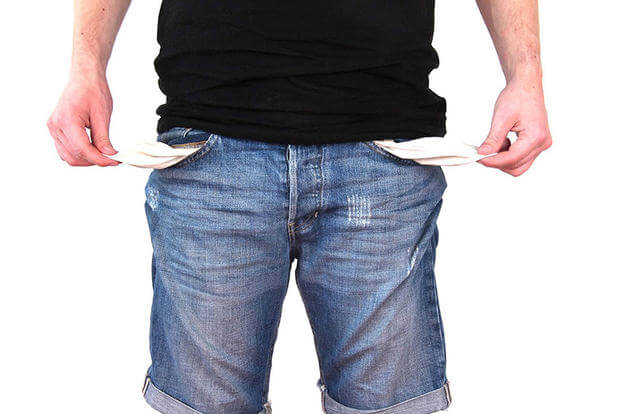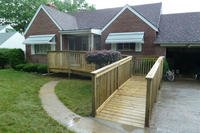As a veteran or active duty service member, you’re entitled to a variety of exclusive benefits that are created to both protect and help you – from helping with your health benefits to understanding your finances. However, even the most responsible and conscientious homeowner can be faced with difficult financial issues that require them to file for bankruptcy.
When faced with this harsh reality, many service members worry that filing for bankruptcy will keep them from ever using their VA home loan benefits again. But that can’t be further from the truth. You can absolutely get a home with a VA loan if you’ve applied for bankruptcy in the past – it’s just a matter of understanding the process.
Two Years from Bankruptcy to VA Loan
Once you receive a discharge date from bankruptcy, you can expect to wait at least two years before being eligible for your home loan benefits. It’s important to note that it’s not two years from the date you filed, but two years from your discharge date.
Sometimes, the Department of Veterans Affairs will provide an exception to allow for using your VA loan benefits sooner. This could be something as simple as proving that the bankruptcy was out of your control (i.e. death, sickness or divorce causing a loss of income) to showing the lender court-approved payments made on a regular basis along with a VA-approved reason for bankruptcy.
Keep in mind, that the lender you choose may have different and stricter terms than the VA – even more reason why you should choose a lender who understands the VA loan process and has your best interests in mind when it comes to helping you with your VA loan.
For more tips on maintaining and building good credit, visit the Credit and Debt section.
Your Priority: Rebuild Your Credit
The most important thing you must do in any case is rebuild your credit.
The first step you should take after filing is to pull credit report and check for any errors that may have an impact on your score outside of the bankruptcy. If you notice any discrepancies, you can dispute them online or in writing. Next, make sure you make all of your current payments on time. Any late payment, no matter how minor, during this time period could be cause for a lender to deny you as high risk.
To actively begin rebuilding your credit, there are several small things you can do to make a huge impact:
1. Apply for a savings-secured loan from your local bank or credit union. What this means is you give a set amount of money to the bank to open a savings account. The bank will then lend you that amount and freeze the savings account as collateral. Each month you make payments on your loan, that amount will be released for use in your savings account.
2. Ask a trusted friend or family member to make you an authorized user on an existing credit card account in good standing. You don’t need to actually use their credit card, but the fact that you remain on the account will help build your positive credit score.
3. If you don’t have anyone willing to make you an authorized user, you can always open a secured credit card. This works similarly to a savings-secured loan, but the amount you deposit becomes the credit line for your account. For example, if you have $1000 to deposit into your secured card account, then you can charge up to $1000. However, you want to make sure that you keep the amount of credit you use on the lower end. If the percentage of credit you use rises above 50%, you may be doing additional damage to your credit.
Although a bankruptcy can feel devastating, it doesn’t have to derail your dreams of homeownership. If you work hard at rebuilding your credit and financial standing, and continue to meet your financial obligations, a new home will be yours in no time at all!
When you're ready to pursue a VA loan, find experienced lenders here.










